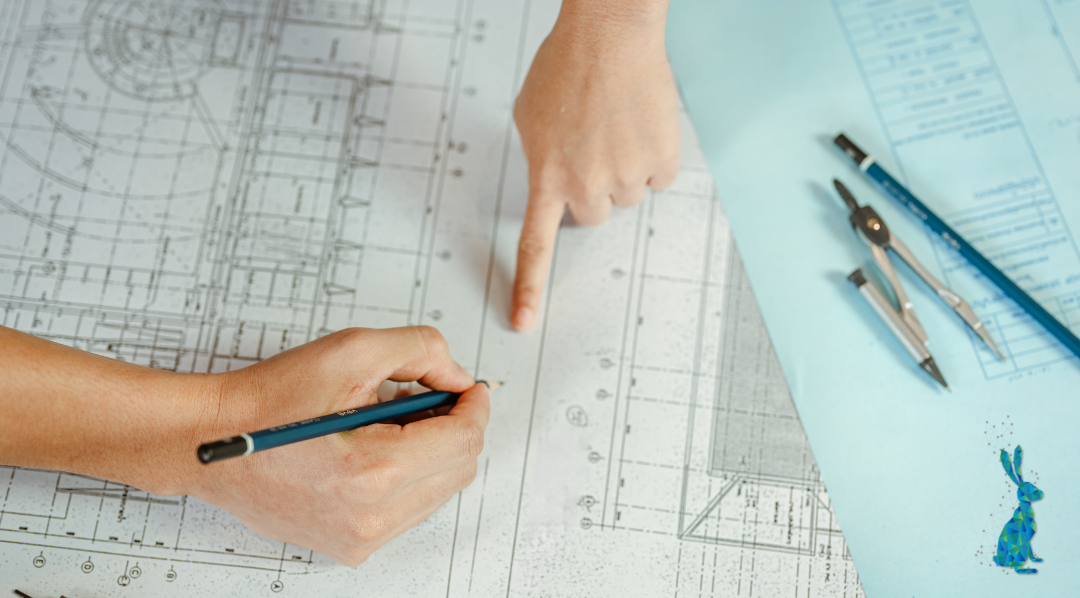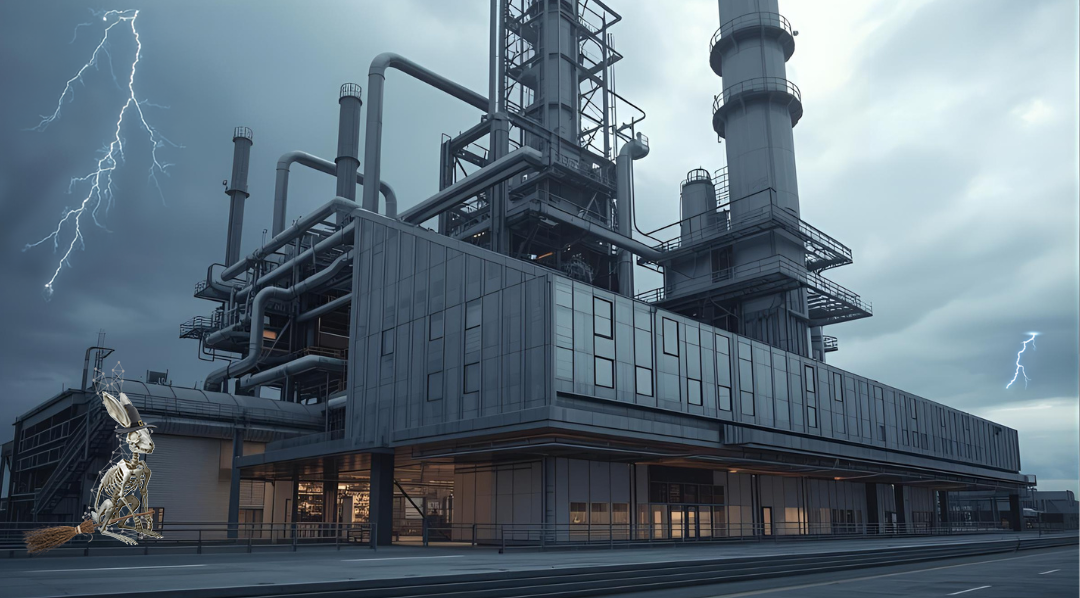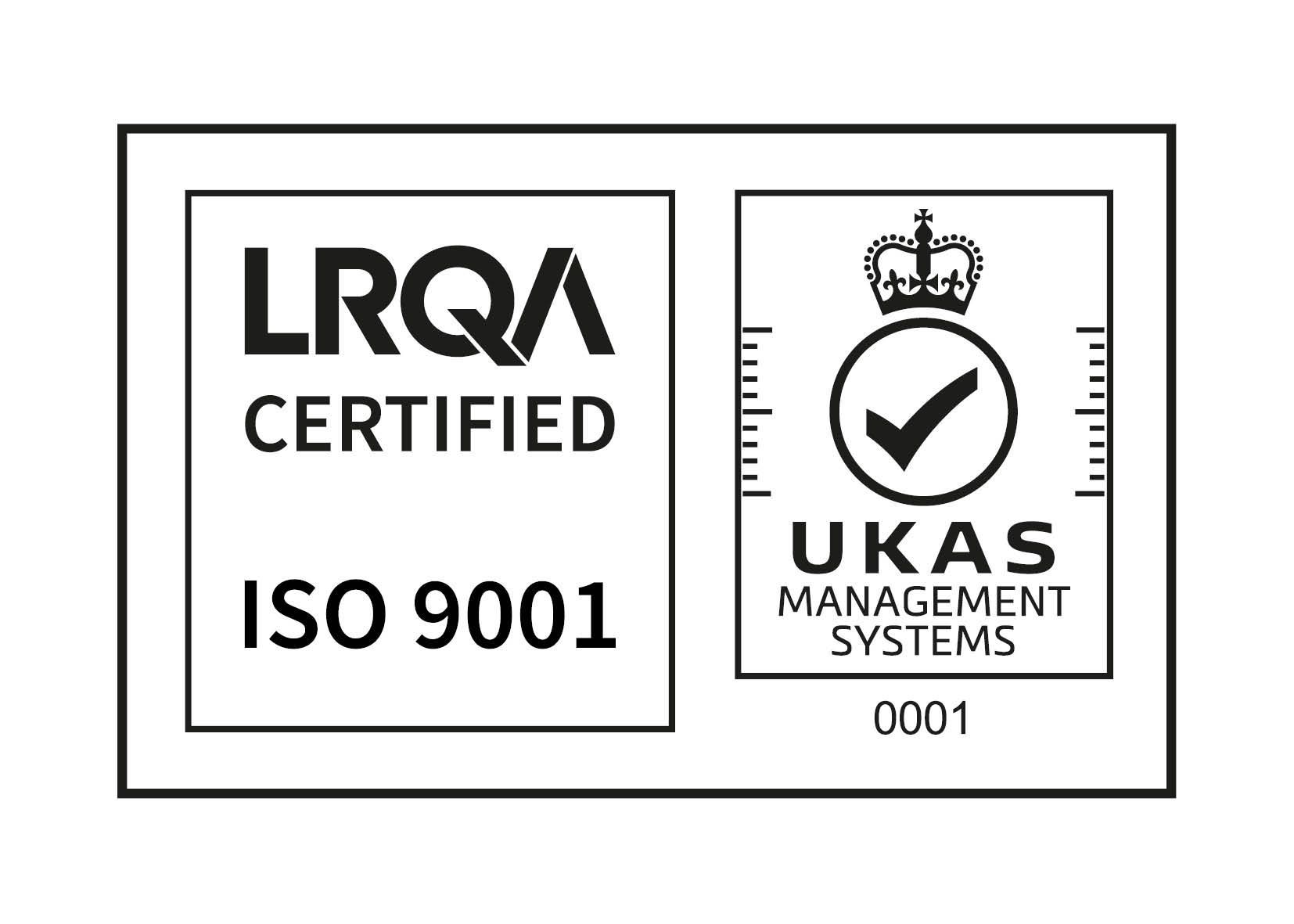What does generative AI mean for the future of piping design?

What does generative AI mean for the future of piping design?
Date: 28th February 2024
The UK chemical industry is facing a lot of pressure from a lot of different angles at the moment. From growing concerns about making greener and more sustainable practices a business essential, to stricter safety regulations tightening the reins on operations, it's becoming clear that those who can't adapt will have to be left behind.
And those adaptive practices don’t just have to be internal.
At times, like this, when changed on the horizon, innovation becomes more than just a company value. It becomes a necessity.
The trouble is that applying new technologies to existing sites, operations and industries can be a bit of a minefield. It can be difficult to know what’s just a fad and what's actually going to bring real value to your site.
And, at the moment, one of the biggest buzz words in engineering design is ‘generative AI’. But what actually is generative AI? And what does it mean for the chemical industry?
What is generative AI?
Generative AI is a form of artificial intelligence that focuses on creating new content, like text, images, or code, instead of just analysing the existing data. Think of it like a highly creative problem solver. Trained on massive datasets, it can generate new designs based on specific criteria and constraints.
In the piping design specifically, this can be used for:
- Automating pipe routing and layout: Generative AI can be used to create different options for pipe routing, considering factors like shortest distance, minimal bends, and avoiding obstacles. This can significantly reduce design time and improve layout efficiency.
- Material selection and specification: AI can analyse various processes and recommend the most suitable piping materials based on factors like pressure, temperature, and compatibility with the chemicals being transported.
- Pipe stress analysis: Generative AI can be used to perform complex stress analysis on piping systems, considering factors like thermal expansion, pressure fluctuations, and support locations. This can help identify potential weak points and ensure the safety and reliability of the piping system.
- Create basic 3D models based upon existing point cloud data. Given existing data or point clouds from 3D scans, generative AI can automatically create 3D models of the piping systems in your plant which can then be built on.
As with every emerging technology though, it comes with both its benefits and its considerations.
What are the benefits of generative AI for UK chemical plants?
By automating repetitive tasks and generating optimised layouts and materials selection, generative AI can reduce design time, minimise material usage, and lead to cost savings and faster project completion. Additionally, the creation of accurate 3D models and visualisations allows for a deeper understanding of complex systems, so that safer maintenance and operation can take place in compliance with UK Health and Safety Executive (HSE) regulations.
Generative AI can also optimise piping systems for optimal flow, pressure distribution, and heat transfer, leading to improved plant performance and reduced energy consumption. This allows for more innovation and customisation by generating multiple design options that can be tailored to specific needs while adhering to UK regulations, ensuring both compliance and optimal performance.
Key considerations when using generative AI (or AI in general)
While generative AI holds a lot of potential for piping design, it's important to bear in mind a couple of key considerations when using this technology.
For starters, relying on AI without any human input can create some ethical concerns, as crucial decisions regarding safety and regulatory compliance ultimately require the expertise of skilled engineers. Using this technology as a starting point is fine (if not sometimes encouraged), but no designs should be finalised without being thoroughly checked by an expert. The problem is that, if things go wrong, it's hard to hold a system accountable. Without transparency, it's difficult to pinpoint where an error occurred, whether it was due to the data, the model's design, or its implementation. This lack of accountability can have serious consequences in safety-critical domains.
This is why data quality also plays a crucial role and should not be overlooked in the design process. The quality of generated designs hinges on the quality of the training data used. Any biases in the data (no matter how minor) can translate to biased designs, meaning that careful selection and curation of training data is essential.
While still in its early stages, generative AI is rapidly evolving. By embracing this technology responsibly, UK chemical plants can unlock a future of safer, more efficient, and sustainable operations. Remember, AI is a tool, not a replacement for human expertise. The key lies in harnessing its power responsibly and collaboratively, paving the way for a brighter future for the UK chemical industry.
If you’d like to explore your engineering design options further, get in touch with us today at
enquiries@ohare-eng.co.uk.




